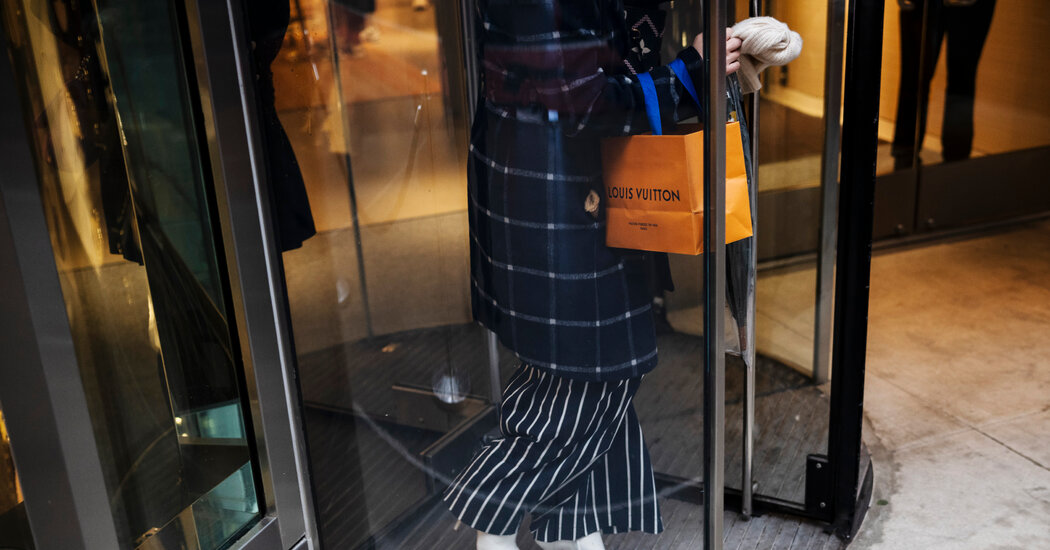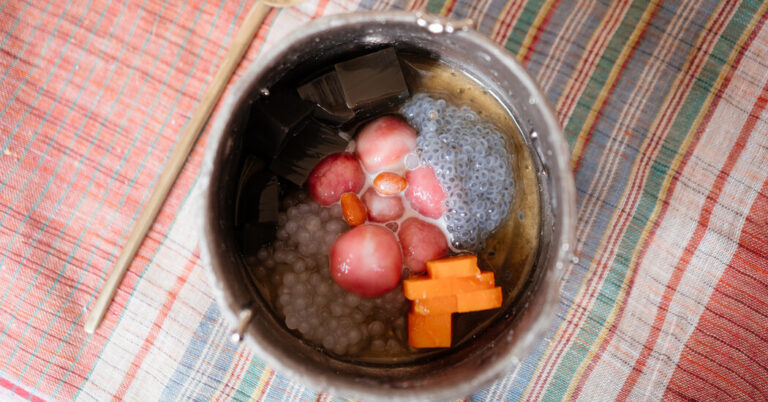The U.S. luxury market is bracing for a different reality as the Trump administration imposes 20 percent tariffs on products from the European Union, leading to higher prices, less purchasing power, and uncertainty about the prices of luxury goods. The global luxury industry is already challenged due to the slowdown of luxury sales in China, recession in Germany, and an aging Japanese population.
Luxury brands have big profit margins, but may still absorb the costs of the tariffs or pass them on to consumers. Prices are expected to rise if the tariffs stay in place. The U.S. market accounted for 25% of LVMH’s revenue in 2024, and Vuitton is the sole European luxury brand to have factories in the United States.
Burberry, Chanel, Gucci, Saint Laurent, Hermès, Kering, Puig, Coach, and Tory Burch declined to comment on the tariffs. Some independent American brands are worried about the costs and prices, with some feeling like they are in a difficult spot.
If the tariffs go through, Americans will pay a lot more for luxury goods. The luxury consumer may be able to absorb the extra costs, but not all luxury consumers are the same. Some affluent and aspirational customers may opt out of discretionary purchases due to shrinking stock portfolios and recession fears.
Tariff-related costs will likely come on top of years of luxury price increases. The negative perception of luxury brands is already affecting their sales, and the tariffs will not help.
Winners of the luxury industry may be sellers of vintage designer goods, who could benefit from the upheaval and higher demand for used luxury items. A gray market may also develop in the United States, where individuals buy luxury goods abroad and resell them for a profit.
A trend that is expected to re-emerge is “silent luxury,” where consumers opt for less showy, plain, or less expensive luxury goods due to “luxury shame.”
Source link




